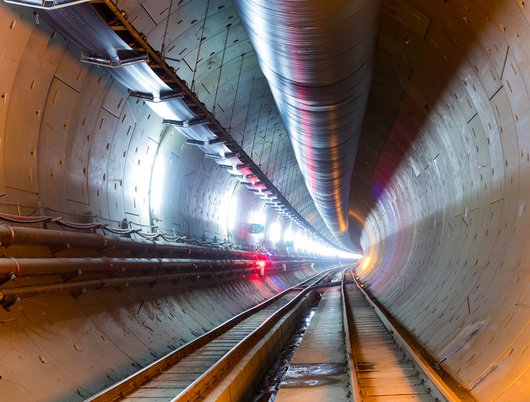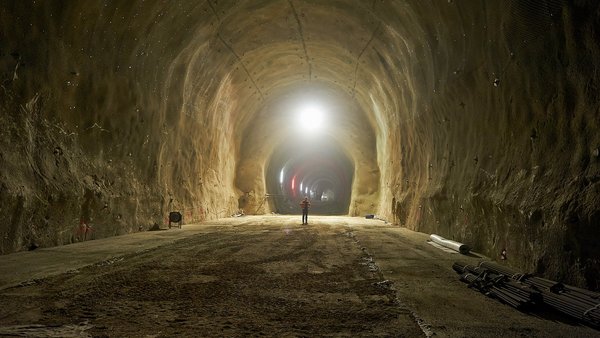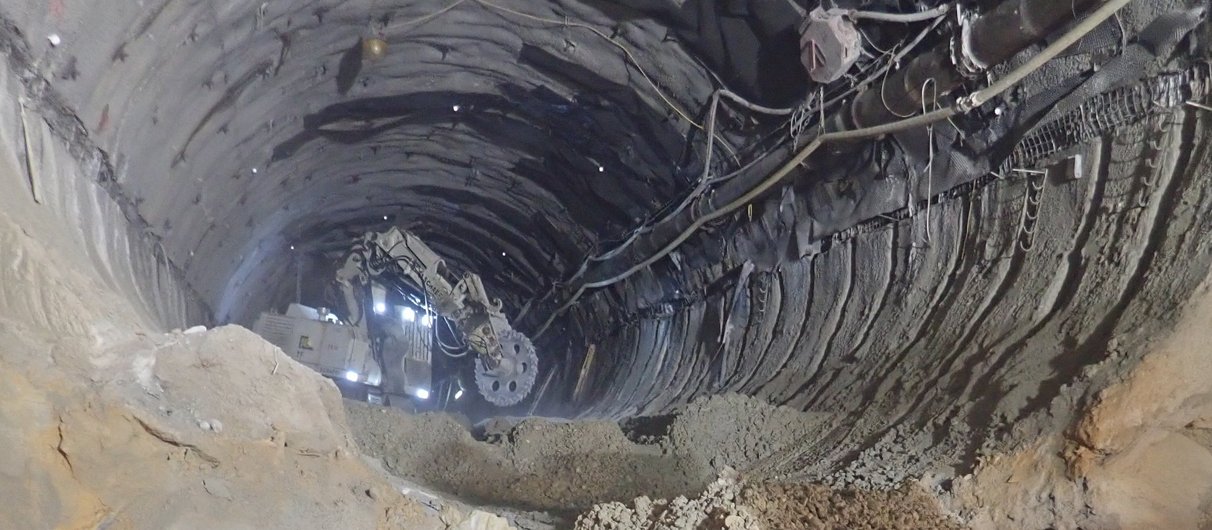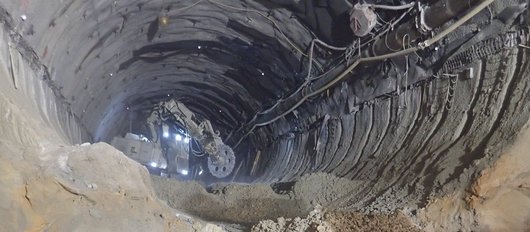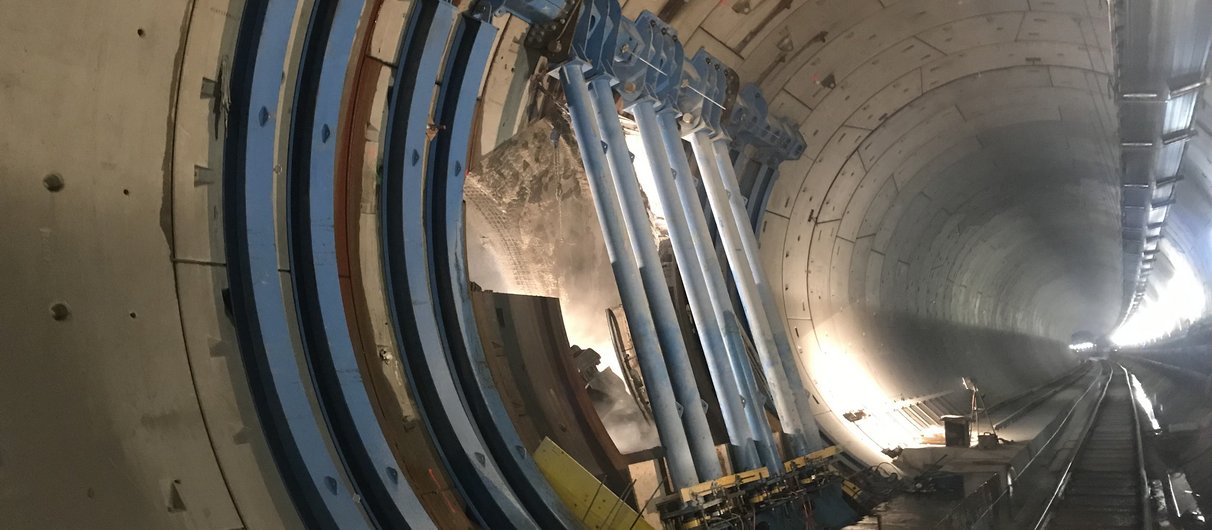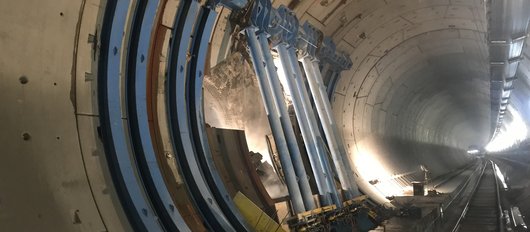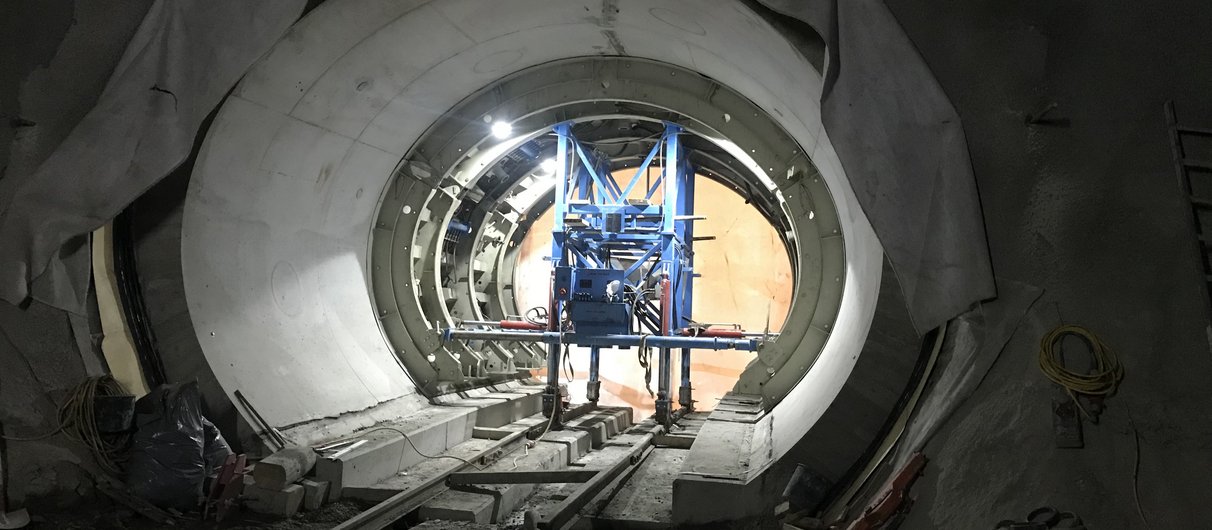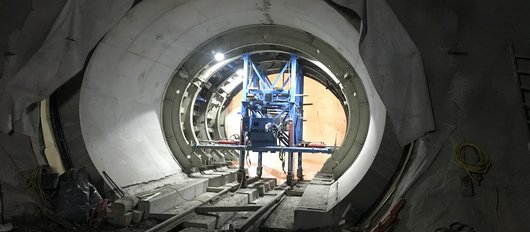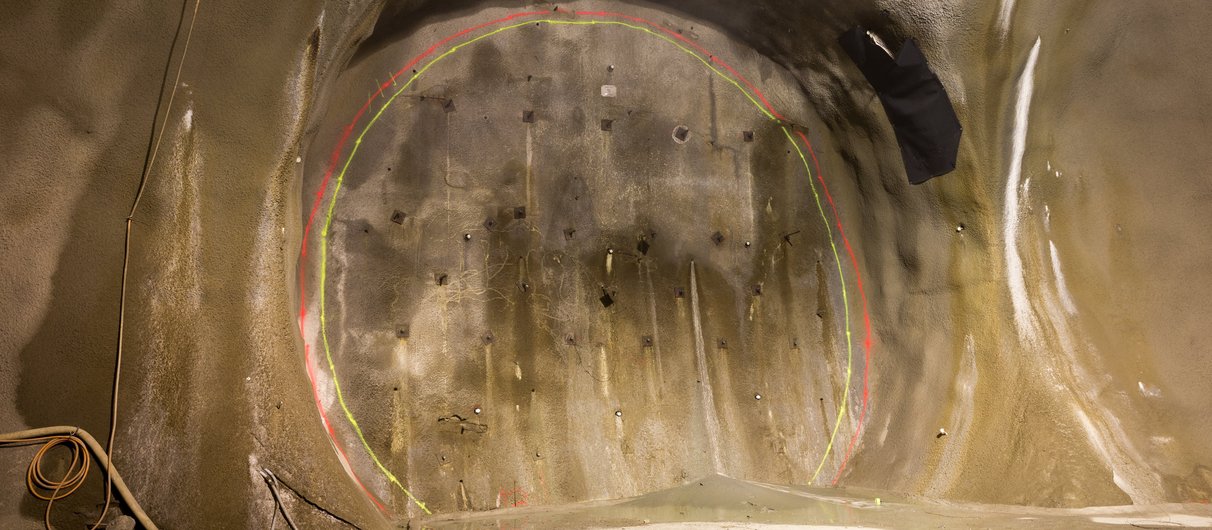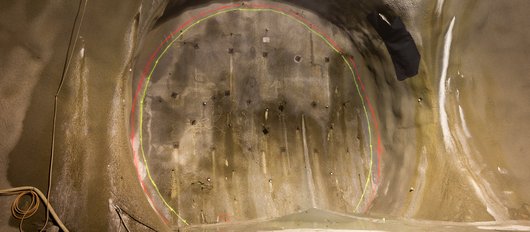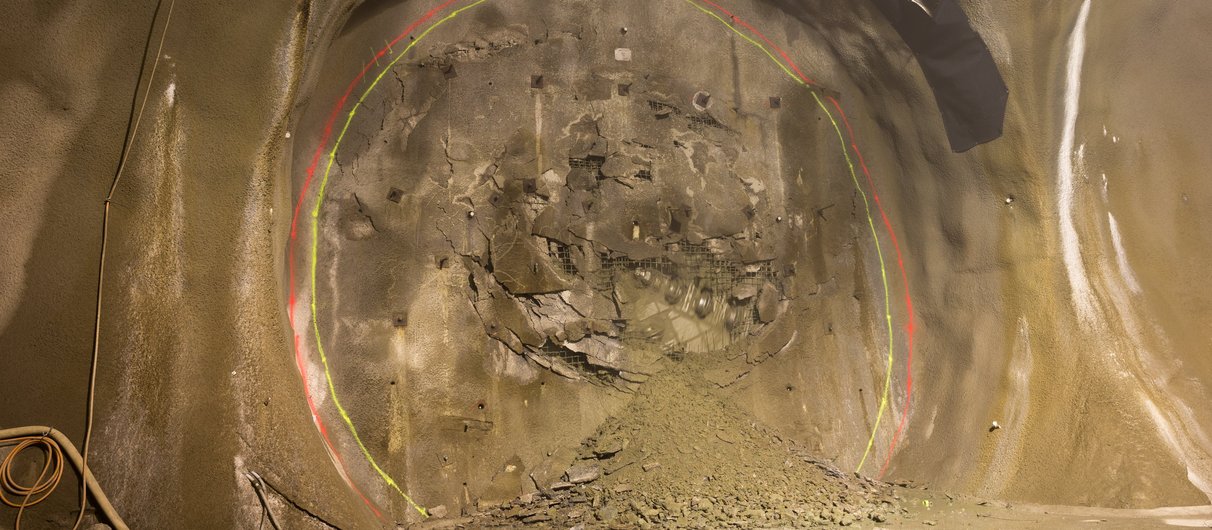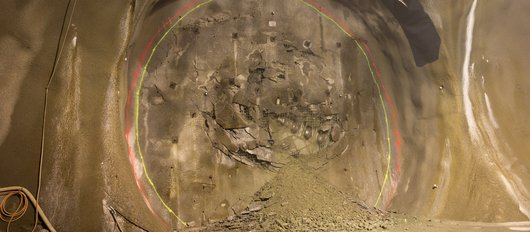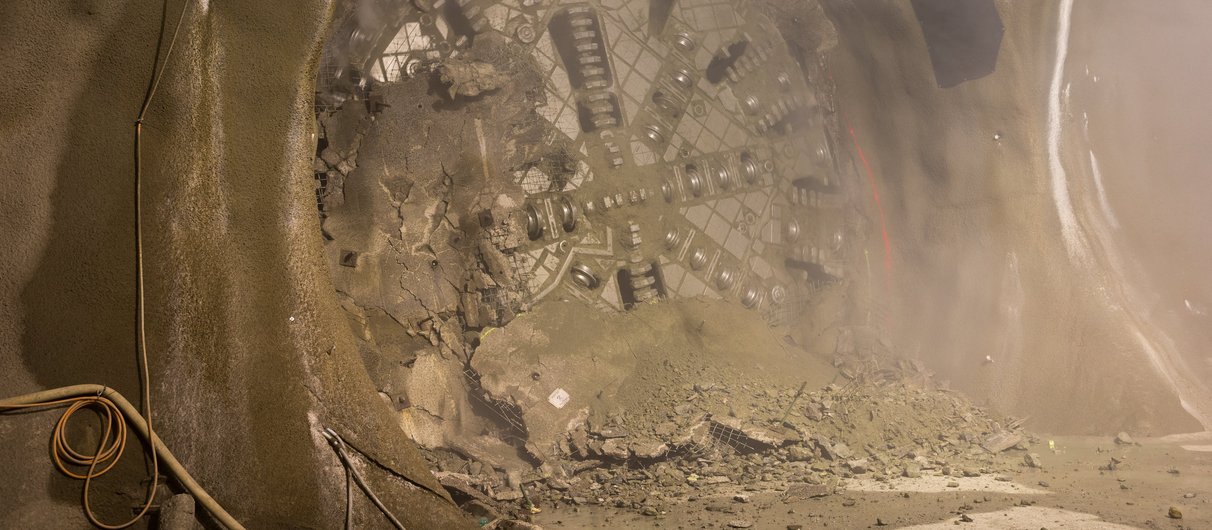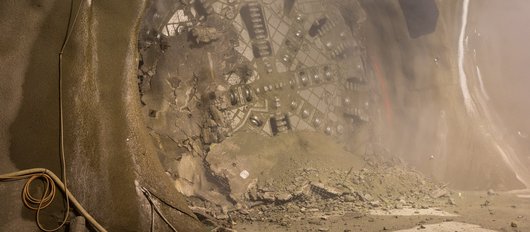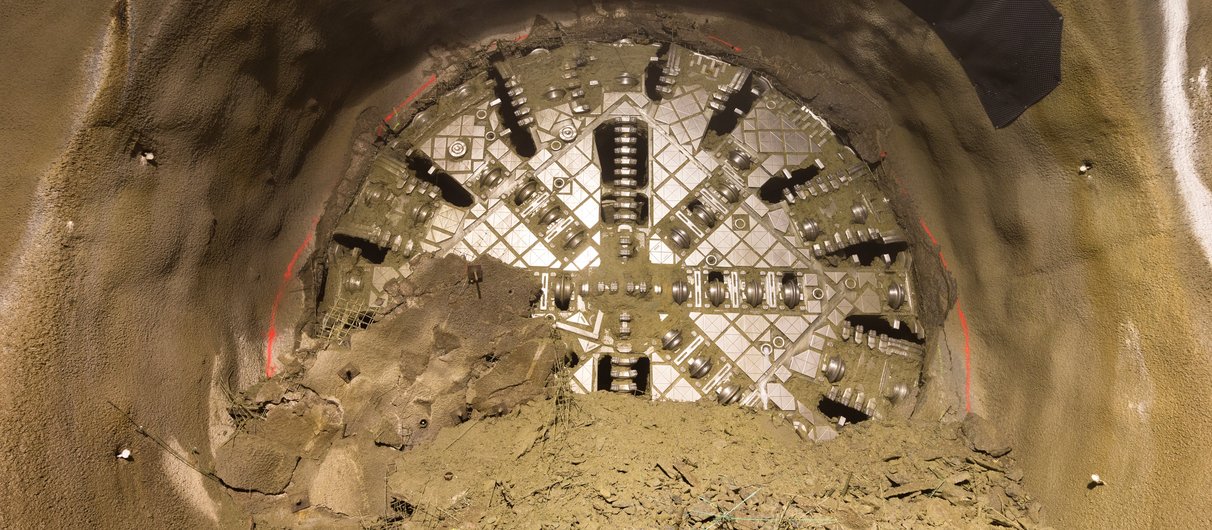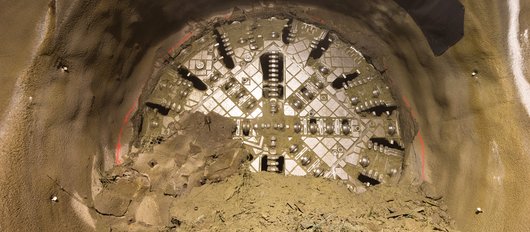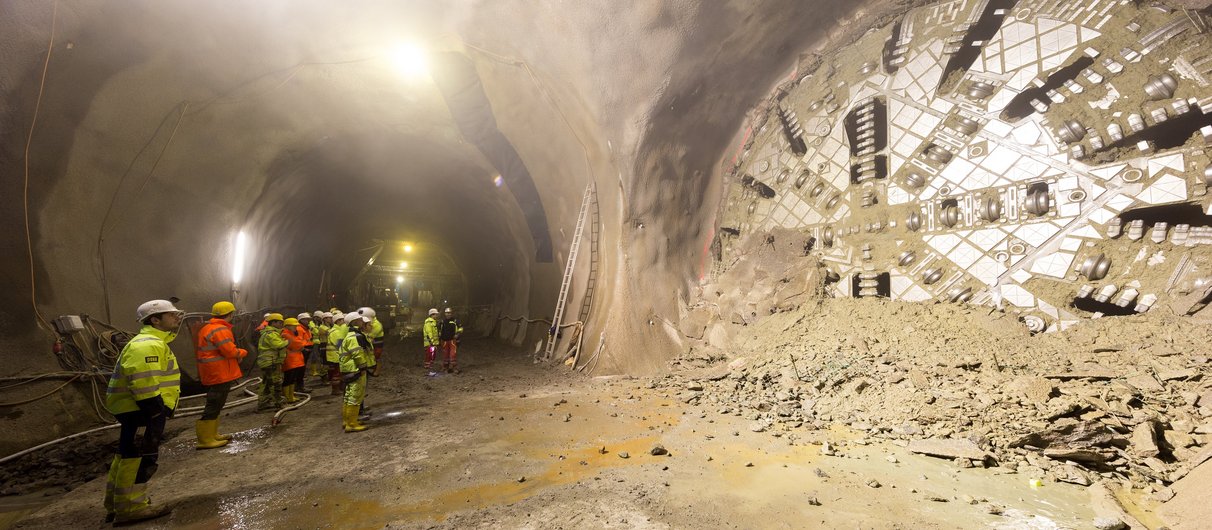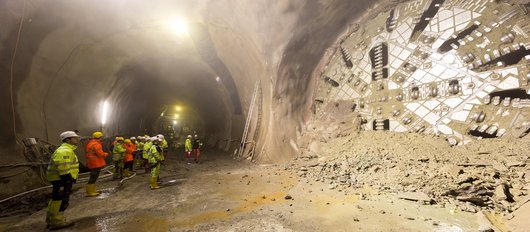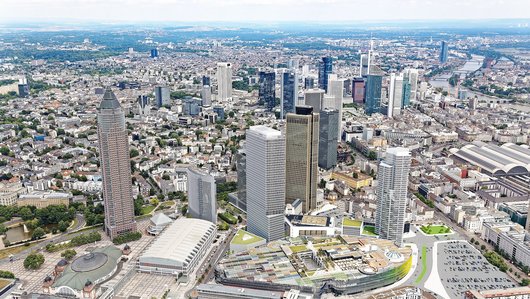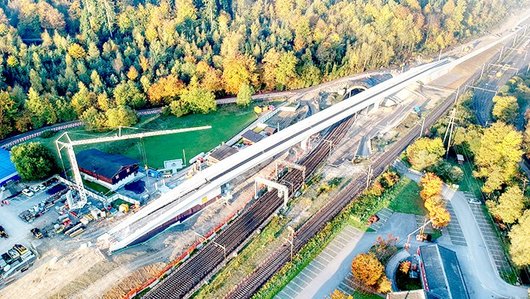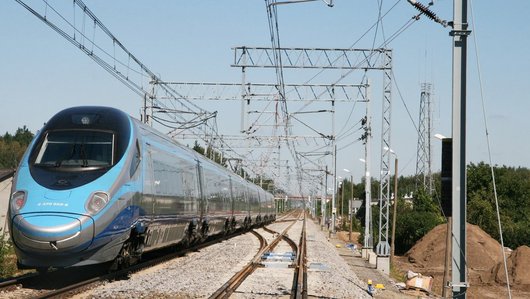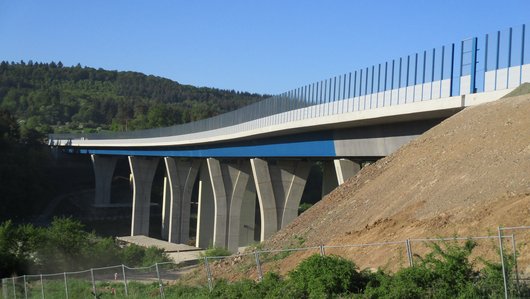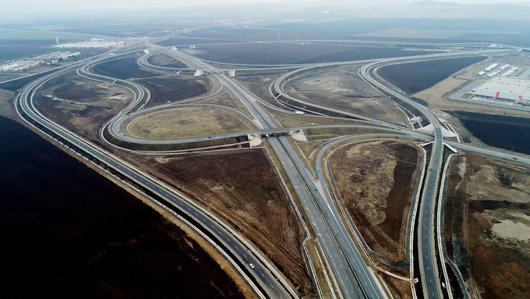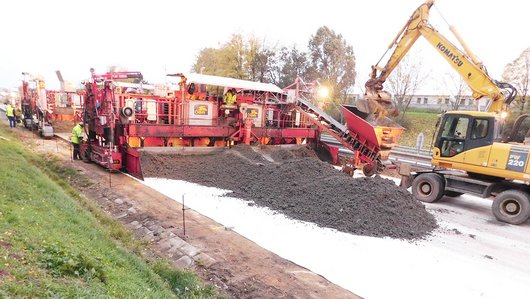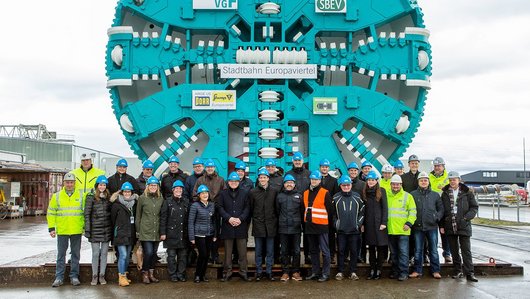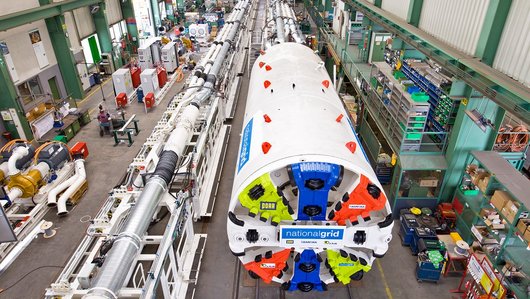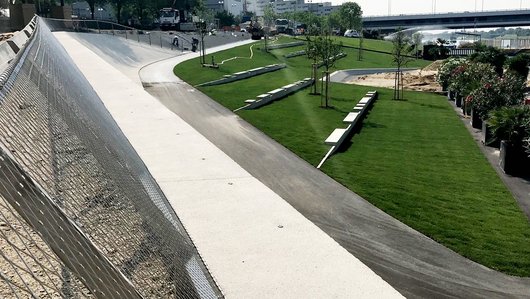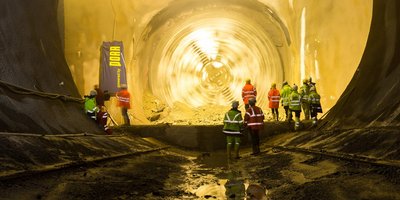
Koralm Tunnel, Construction section 3
Since November 2013, PORR has been boring through the layers of the Koralpe Massif bedrock, drilling the Koralm Tunnel project into reality.
The contract covers the construction of 2 tunnels with 21km total length. In the south tube, an existing exploratory tunnel has been extended in riverbed/soil advance, while a tunnel boring machine named “KORA” is pushing its way through the north tunnel.
-
EmployerÖBB Infrastruktur AG
-
ContractorPORR Bau GmbH
-
Order typeBaumeisterarbeiten
-
Project typeCivil engineering/infrastructure, Tunnelling
-
Project scopeCreation of a 2 tunnels with a total length of 21km
-
Order volume297 million euros
-
Construction start11/2013
-
Construction end08/2022
Background
The Koralm Tunnel (KAT), scheduled to open in 2025, will establish a link between two Austrian state capitals: Graz and Klagenfurt. The project can be listed alongside the Brenner Base Tunnel and Vienna Central Station as a key element of the Baltic-Adriatic corridor, which links Danzig in Poland with Ravenna, Italy. The Koralm Tunnel has two tunnel tubes lying 25m to 50m apart and connected by cross passages every 500m. In 2013, Austrian railway company ÖBB Infrastructure AG awarded the contract for the third and final construction section, KAT3, to PORR Bau GmbH. This major project involves construction of the two tunnel tubes with a total bore length of 21km. With an overall order volume of 297 million euros, KAT3 currently represents PORR’s largest construction site.
Three geological zones
From a geological point of view, the construction section can be divided into three distinct zones. For the first 4km or so, the PORR miners bored through sedimentary rock from the Neogene period, alternating between clay, silt and gravel. This was followed by a 400m stretch through the main Lavanttal fault before reaching a crystalline section of fine-grained gneiss, mica schist and marble that extended to the end of the construction section.
For the south tunnel, the existing exploratory tunnel was widened to the full profile over a length of more than 7 km.
Varied advance techniques
Work has been ongoing on both tunnels since November 2013. The team began in the Lavanttal in Carinthia and is boring through the Koralpe Massif towards Styria. The north tunnel is being bored throughout its 10,474m length by the “KORA” tunnel boring machine (TBM). The conventional drilling & blasting and excavating technique was used for the south tunnel. There was an existing exploratory tunnel around 7,000m long here; this has been extended downwards, so that the exploratory tunnel forms the upper two-thirds of the final cross-section, i.e. the tunnel dome. The bottom third, the side walls and tunnel floor, are the result of this widening process. For the remaining 2,700m to reach the edge of the construction section, the full cross-section was bored. The cross passages between the north and south tunnels are being created at 500m intervals via cyclic advance: excavation/drilling & blasting.
Complex, challenging logistics
Right at the beginning of the work, once the full face had been driven through, a dismantling cavern had to be built at the end of the construction section, where the TBM from the neighbouring construction section would be dismantled. A crusher and conveyor system were installed during the advance to tunnel metre (TM) 7,000, in order to be able to complete the drill & blast advance all the way to the boundary of the construction section.
A crusher and conveyor belt system up to the construction section boundary had to be maintained from TM 7,100 up to TM 9,826 and the dismantling cavern, even once the full-face excavation had been completed. This meant that the various machine modifications became very costly and the cyclic drill & blast and excavation advance was more challenging – after all, normally the tunnel would be driven from the portal to the end of the construction section or breakthrough point in a single pass.
The PORR team was challenged by the ambient conditions, as well as by the complex logistics. The high overburden of up to 1,200m in this section meant that at times the temperature reached 31 degrees. The fresh air supply, provided by an airtight pipe, was therefore supplemented with a cooling system.
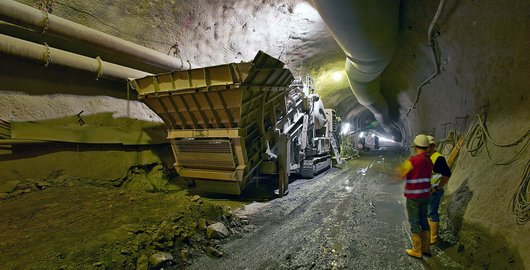

Widening in the crystalline and Neogene zones
In the next section of advance, the existing exploratory tunnel running from TM 4,400 to TM 7,098 was widened, once again using drilling & blasting. The excavated material was then transported out via the crusher and conveyor belt system.
The side wall and tunnel floor advance then continued from the portal to TM 4,400. Due to the challenging geology, preliminary drainage measures were necessary in some sections: boreholes in the existing dome cross-section were extended in advance and placed under a vacuum. In some areas, up to 570,000l was shifted within 24 hours.
In the Neogene zone, a Jetcrete dome invert had been installed along the full length of the exploratory tunnel. This invert was removed using an extra tunnel excavator with a cutting wheel, an innovative solution which represented a significant optimisation for the tunnel boring process, as it meant that cutting could be largely carried out independently of the time-critical path.
The cross passages
The passages linking the two tunnels were constructed in parallel with the cyclic advance through the south tunnel. The lining segments through the Neogene zone were shored up with steel reinforcement. In order to take the forces until the in-situ concrete inner lining had been installed, the upper and lower reinforcement traverses were pre-tensioned using presses over the supports; these were retained until the solid reinforced lining block had reached the required strength. The steel reinforcement was then removed, transported to the next cross passage, and reassembled.


The north tunnel
The north tunnel was mainly bored with the “KORA” tunnel boring machine. The cyclic method was only used for the (568m) approach tunnel and (70m) start tunnel. “KORA” was assembled in the Mitterpichling construction pit; the trailing support was assembled at the west portal and pushed through the approach tunnel.
Once the TBM had been assembled, the advance began from the end of the start tunnel. The Neogene section was bored with the TBM, using earth pressure balance shielding, or EPB. This is a system where the excavated material is broken down and conditioned to act as a plastic support medium. The excavated material is transported with an auger to the subsequent conveyor belt. The team confronted significant obstacles during the advance through the Neogene zone. The greatest delay resulted from extensive maintenance works to the cutting wheel carried out during summer 2016. Successful completion of the first section, the Neogene zone, was marked by the breakthrough to the Paierdorf intersection. Next, in between the Neogene and crystalline zones, the main Lavanttal flow had to be pierced – this covered a length of almost 430m. This section consisted of fault rock and extremely high strength blocks that affected the performance of the TBM to such an extent that it was decided to use a cyclic advance technique for part of the main Lavanttal flow, with a counter-approach from the south tube: this would save on construction time.
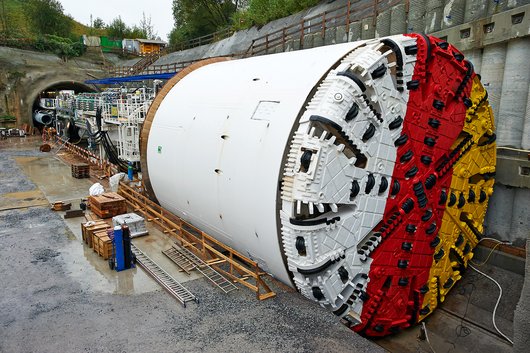

THE KORA TUNNEL BORING MACHINE WAS CONVERTED UNDERGROUND FROM EARTH PRESSURE BALANCE SHIELD MODE TO HARD ROCK MODE.
After the breakthrough, the TBM was converted underground into hard rock mode. The drill head was adapted for the crystalline section and the conveyor system for the excavated material was replaced with a Muckring conveyor and belt removal system. The crystalline zone represents the hardest bedrock in the Koralm Massif. Apart from a few individual fault zones, where strengthening measures were carried out starting from the south tunnel, the advance is currently progressing through hard rock.
Inner lining and finish
Once the advance is complete, work can begin in both tunnels on installing a drainage system, membrane and inner lining. The lining segments in the north tunnel are being constructed as a single-skin finish. An additional inner lining is therefore only being installed in certain sections, such as fault zones. The carcass will be complete after the crack-limited ground slabs, side tracks and shoulders are installed.
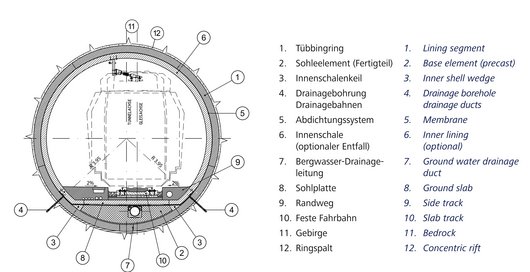

Technical data
-
Machine nameS-857 – „KORA“
-
Nominal diameter9.940mm
-
Shield length10,760m
-
Installed power/drive power7.200kW / 4.200kW
-
Length of TBM + trailing support250m
-
Weight of TBM + trailing support2.475t
-
TBM advance length10.474m
-
Number of segments5.500
-
Segment systemUniversal ring, sealed
-
Segment thickness35cm
-
Segment width1.90m
-
External ring diameter9.500mm
-
Internal ring diameter8.800mm
-
Machine typeMulti-mode TBM
Historic milestone
In August 2018, the breakthrough of the south tunnel marked one of the most important milestones for the Koralm centenary project. At that time, there were less than six kilometres to go before the second breakthrough to the north tunnel. KORA will execute the complete breakthrough of the Koralm Tunnel after these remaining kilometres.
